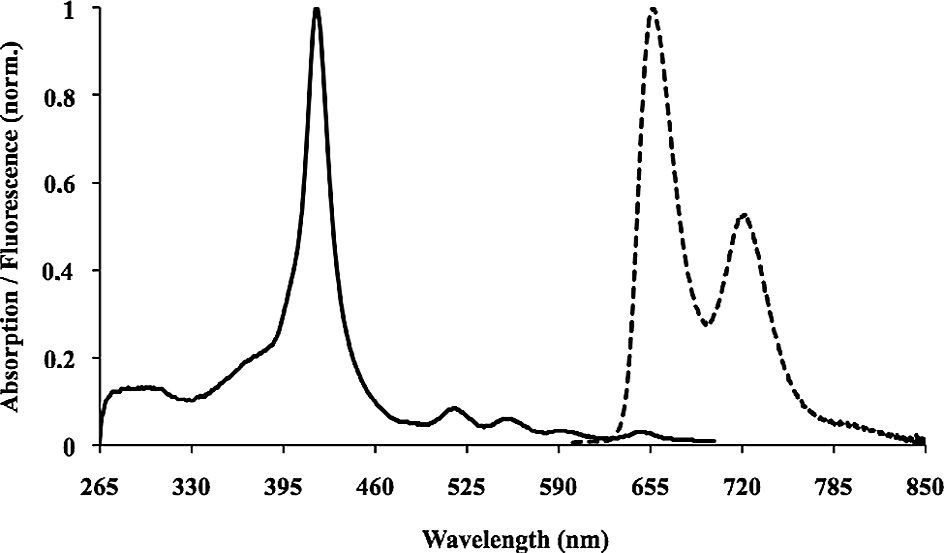Dimethylformamide
CAS number: 68-12-2
N,N-dimethylformamide is a member of the class of formamides that is formamide in which the amino hydrogens are replaced by methyl groups. It has a role as a polar aprotic solvent, a hepatotoxic agent and a geroprotector. It is a volatile organic compound and a member of formamides. It is functionally related to a formamide.
Related images

Representative normalized absorption (solid) and fluorescence spectra (dotted) (kexc = 550 nm, OD = 0.02) of flavonoid–porphyrin conjugate 17 in DMF.
Related Questions and Answers
A: For NH3, the response time is 150 seconds under both 40% and 80% relative humidity, while the recovery times are 37 seconds at 40% RH and 110 seconds at 80% RH. For DMF, the response times are 160 seconds at 40% RH and 150 seconds at 80% RH, with recovery times of 74 seconds and 45 seconds, respectively.
A: The detection limits for NH3 are approximately 4.91 ppb at 40% relative humidity and 10.02 ppb at 80% relative humidity. For DMF, the detection limits are 7.82 ppb at 40% RH and 7.71 ppb at 80% RH.
A: The use of DALY and WTP models in the monetization of health risks associated with DMF exposure provides an economic valuation of occupational health risks. The study found that the health economic cost of DMF exposure varied across different job categories, with stripping jobs having the highest per capita health economic cost. By combining DALY calculations with the WTP model, the study monetized disease health losses and expressed health damage in terms of economic indicators. This approach offers theoretical support and practical guidance for occupational health management in relevant industries, helping to determine reasonable compensation for chronic health damage among occupational personnel.
A: The external exposure to DMF is reconstructed using the biomarker concentration of N-methylcarbamoyl hemoglobin (NMHb) through a simplified pharmacokinetic model. The concentration of NMHb in workers' blood samples is measured, and this internal exposure indicator is used to calculate the individual daily intake (DI) of DMF. The DI values are then used to reconstruct the external exposure concentrations, which are subsequently used for risk assessment through the U.S. Environmental Protection Agency (EPA) model. This method successfully links internal exposure biomarker concentrations to individual occupational health risk, providing a more accurate and sensitive assessment of DMF exposure.
A: Long-term exposure to DMF in occupational settings can cause chronic health damage, including liver diseases such as hepatitis, fibrosis, and cirrhosis. Animal studies have also shown that DMF can cause hepatocellular adenoma and hepatocellular carcinoma through inhalation exposure. The study conducted on-site concentration measurements and health effect analyses of 1040 DMF-exposed workers at 19 enterprises in Jiangsu Province, China, and found that workers in film stripping and inspection positions faced substantial health risks requiring special attention. The health risk was higher for men than for women. The study also defined liver injury weights and used probabilistic health risk assessment methods to quantify these risks.